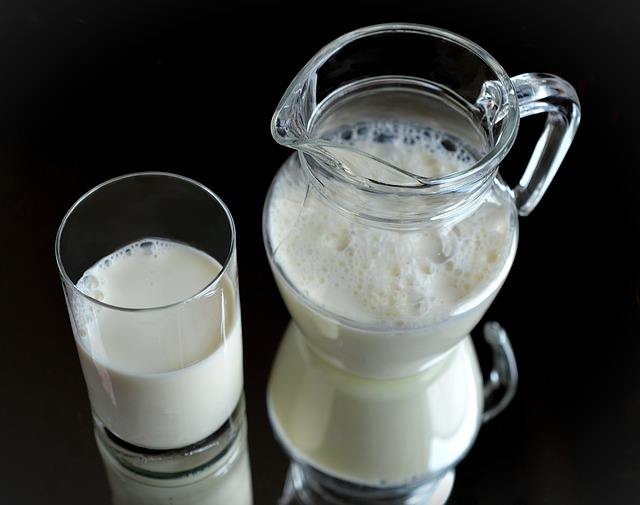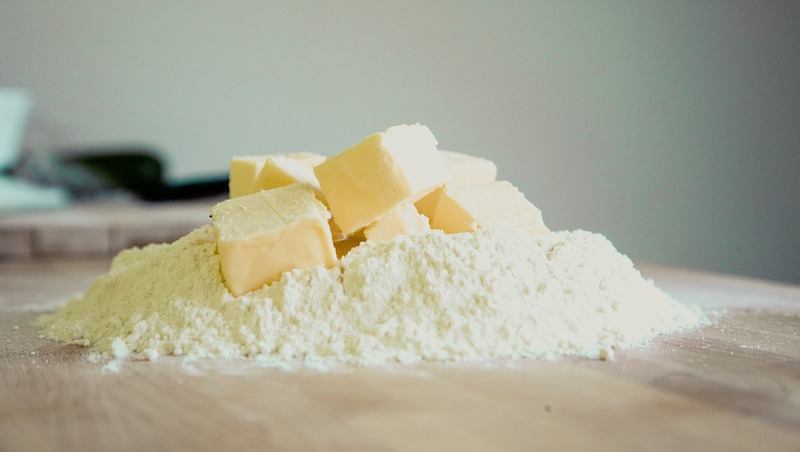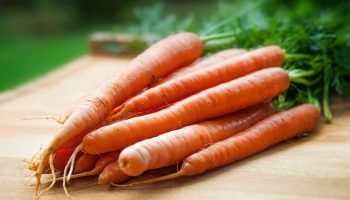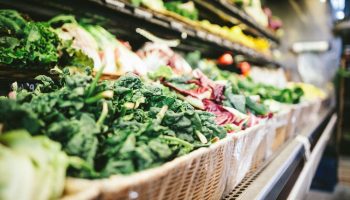No, regrettably, butter is not a Whole30 compliant food. You can’ t have butter on Whole30.
Although butter seems to be making a comeback lately after decades of being demonized by proponents of a low-fat diet, it still does not quite make the Whole30 cut.
Don’t get us wrong, healthful fats are an essential part of the Whole30 experience. Butter, however, is a dairy product, and dairy is not allowed on the program.
While this might seem like a bummer at first, there are so many other amazingly delicious fat sources that are allowed on Whole30 to choose from. We’d be willing to bet that by the end of your Whole30, you won’t even be missing butter one bit.
The Dairy Debacle: Why The Devil’s In The Dairy
So what’s the problem with dairy? The US Government recommends an intake of 3 cups of low-fat or fat-free dairy milk per day in order to get the proper amount of calcium, vitamin A and vitamin D required for a healthy diet.
Milk exists for a specific purpose: as the ‘perfect food’ to aid in the development of mammals from the time they are born until they are old enough to switch to solid foods. The cows’ milk we so commonly consume may be a beautifully balanced, nourishing elixir of fat, protein, sugar, vitamins, and minerals for young cows…but adult humans do not have the same dietary needs as the calves that drink this milk as their main source of nutrition.

In fact, many of these components of dairy milk that make it so wonderful for the development of calves may be harmful to our human digestive systems.
The proteins in milk are comprised primarily of casein and whey, both of which are potentially problematic for humans for a handful of reasons.
Casein causes a histamine response in many people, resulting in side effects similar to an allergic reaction such as headaches, stomachaches, and seasonal allergies. None of those things are ever exceptionally pleasant!
This particular protein also is very structurally similar to gluten, which, as we know is never allowed on Whole30 because its detrimental properties outweigh the healthful ones when it comes to its consumption.
Whey is a slightly different story. When combined with the lactose—the form of sugar that exists in milk—it stimulates the release of the hormones insulin and a growth-inducer called IGF-1.
While neither is inherently bad, they come with a slew of potential issues. Insulin plays an important role in regulating blood sugar, converting protein from food to muscle in the body, and helping you feel full after a meal. When it is chronically overproduced, however, it can lead to insulin resistance.
Insulin resistance puts your body out of whack and instead of using the insulin it produces to keep your blood sugar at optimal levels, it reverts to a “survival mode” characterized by constant fat storage and inability to break down and burn fats effectively.
If you’re not in a position where you need to be storing fat in order to survive, this is not exactly ideal. IGF-1, on the other hand, is a powerful growth-inducer and, while often growth is a very good thing (such as in baby cows, for example!), it also has associations with stimulating cell growth that, if they are abnormal, could increase cancer production.
As with all things nutrition, there is no one-size-fits-all answer when it comes to whether or not these aspects of dairy will negatively affect you. When it comes to Whole30, however, the intention is to cut out all potential for bad reactions in your body so your digestion can really, truly thrive!
But What About All That Calcium I Need?
Many people worry that without dairy, they’re not going to get enough calcium. The main reason that the United States government’s Dietary Guidelines recommends drinking so much milk is to make sure everyone gets enough dietary calcium…but what about all the other amazing sources?

In fact, dark, leafy greens are even more calcium-packed (not to mention full of tons of other amazing vitamins and minerals) than dairy sources. So when you’re thinking about preventing future bone density loss, put down that carton of milk and grab a couple bunches of kale instead!
Ghee: The Solution To Your Whole30 Butter Blues
As (almost) always with Whole30, there is an exception to the no-dairy rule. You cannot have butter, but you most certainly can have ghee!
Ghee is a fat source made from butter, but it has been heated and had the milk solids skimmed from its surface so that none of the potentially iffy dairy proteins discussed above remain.
It’s very gentle and more commonly tolerated in sensitive digestive systems, giving it the Whole30 stamp of approval.
Stumped on what to do with this mysterious fat? Just think of it as a butter substitute—it tastes very similar, cooks essentially the same, and has a high smoke point just like butter does.
If you’re eager to get some of this goodness in your pantry, stat, you can buy some here. Or, if you’re feeling ambitious, follow our easy guide on how to make your own ghee!
Ghee Alternatives: There Are Plenty Of Other Healthy Fats In The Sea!
Still not quite sure about ghee? Look to other healthy Whole30-approved cooking fats like coconut oil, good quality extra virgin olive oil, and avocado oil that can be used as butter substitutes.
Whether you’re going with ghee or another amazing Whole30 fat source, the short break in your relationship with dairy will be certainly be a smooth transition!
Are you a ghee fan? How do you like ghee compared to other Whole30-friendly fats? Share your thoughts in the comments!




